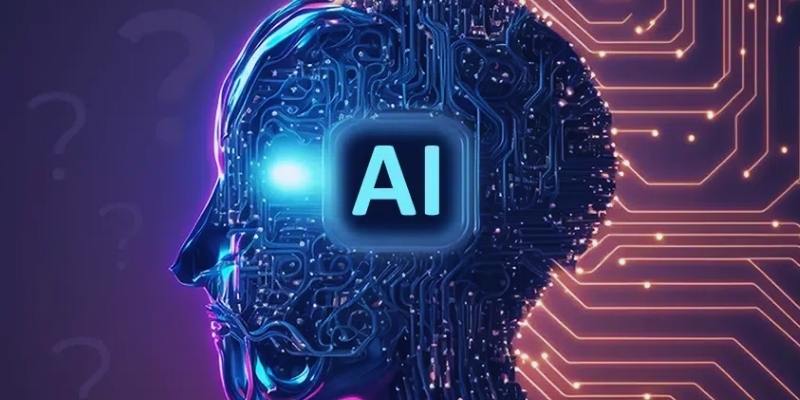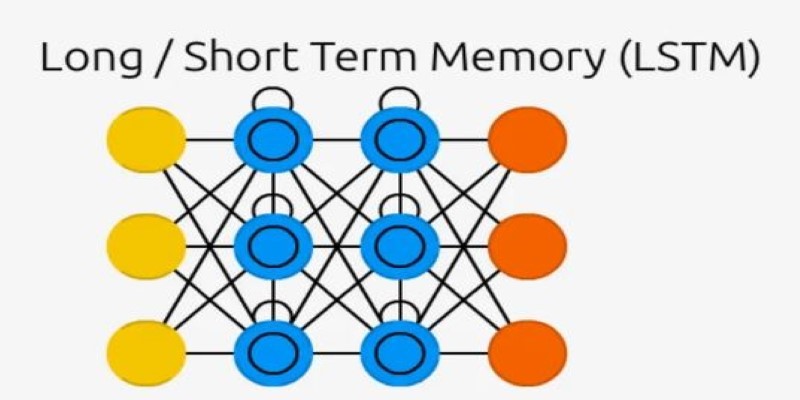Although electric vehicles (EVs) are becoming increasingly popular, their charging infrastructure still poses challenges. Many areas lack enough charging stations, which makes some people's use of EVs challenging. By guaranteeing every community access, artificial intelligence enables fair and equitable EV charging networks. It searches data to identify ideal locations for charging. It guarantees availability for all and stops charging deserts.
It keeps some places from being overused and balances energy loads. By leveraging artificial intelligence, cities can build better, equitably serving EV charging networks. This technology guarantees that rural and low-income regions are not behind us. Governments and businesses are developing smarter EV infrastructures that utilize artificial intelligence today. This method makes EV charging equitable, quick, and easily available for every user.

How AI is Transforming the Design of Fair and Equitable EV Charging Grids
Here is how AI transforms EV charging grids to ensure fair access, efficiency, and sustainability for all users:
AI for Location Optimization
AI finds the ideal sites for electric vehicles' chargers. It positions chargers where they are needed using predictive models and real-time data. Particularly in low-income, rural communities, many places lack charging stations. AI can examine the availability of electricity, population density, and traffic patterns. It guarantees that every community has to charge possibilities that are not left empty. Moreover, AI-powered mapping technologies are useful for city planners. These instruments point to sites depending on demand projections. It keeps other locations underdeveloped while preventing the clustering of too many chargers in one location. Cities can build balanced EV charging systems utilizing artificial intelligence. Drivers gain from this, and congestion at charging stations is lessened. Studies guided by artificial intelligence can help governments guarantee the equitable location of electric vehicle chargers. It enables an inclusive and easily available EV infrastructure. Fair placement guarantees that every EV driver has equal access to charging somewhere.
AI for Grid Load Management
If improperly controlled, EV charging can tax the electrical system. Through pattern-based energy use prediction, artificial intelligence aids in power demand balance. It guarantees that during peak hours, chargers do not overburden the grid. It guarantees consistent electrical delivery and helps to avoid blackouts. Systems built on artificial intelligence can change charging plans depending on power availability. AI can, for instance, arrange charges outside of peak times. It lowers customer electricity costs and helps power plants to be less stressed. Artificial intelligence drives smart grids, which effectively distribute electricity. It guarantees that EV charging won't cause a power shortfall anywhere. Utility firms project future electricity demand using artificial intelligence. AI forecasts over time the number of charges a city will require. It facilitates long-term energy planning. Through artificial intelligence, energy businesses may include solar and wind sources in EV charging systems.
AI for Cost-Effective Charging Solutions
AI can help everyone to afford EV charging. Prices are changed by smart charging systems according to demand and available electricity. Pricing strategies based on artificial intelligence stop excessive expenses during busy times. It lets all EV drivers pay fair prices. Fewer stations mean that low-income neighborhoods sometimes pay high charging fees. AI recommends incentives and subsidies for these sectors, therefore helping them. Governments might give discounts in underprivileged areas using AI data. It guarantees that budgetary constraints have no limit on the acceptance of electric vehicles.
Additionally, AI-driven cost analysis is advantageous for fleet managers. AI maximizes ride-sharing services and delivery vehicle charging schedules. It increases efficiency and helps to save gasoline expenses. Reasonably priced charging options inspire more people to go electric.

AI for Real-Time Monitoring and Maintenance
AI monitors charging stations in real-time, detecting flaws and alerting maintenance crews before issues arise. It guarantees always-accessible chargers and helps to lower downtime. AI can also forecast which charger sections might fail not too far off. It lets fast fixes before big breakdowns occur. Real-time monitoring enhances user experience. Apps driven by artificial intelligence let drivers find charging availability. It lessens irritation and helps to avoid excessive wait times.
Additionally, artificial intelligence helps stop vandalism and charging station abuse. AI-powered security cameras can spot odd behavior and notify authorities. Reliability increases via AI help to make EV charging more user-friendly. When people know chargers are constantly working, they feel more confident utilizing EVs. AI-based maintenance systems guarantee that networks for EV charging are always functional.
AI for Sustainable and Equitable Charging
The development of EV infrastructure has sustainability as its major objective. AI helps renewable energy sources to be included in charging networks. AI helps to maximize solar- and wind-powered chargers. AI forecasts when would be optimal to charge using renewable energy. It lessens carbon emissions and dependency on fossil fuels. AI also guarantees that underprivileged areas have access to green energy. Not many low-income neighborhoods feature renewable energy sources. AI enables the fair distribution of sustainable energy in all areas. EV charging is thus fairer and more environmentally friendly. Artificial intelligence-driven electric grids can save extra energy for later use. High demand calls for the usage of this stored energy. Energy storage alternatives driven by artificial intelligence lower waste and increase efficiency. Cities can build an eco-friendly EV infrastructure by fusing sustainability with artificial intelligence.
Conclusion:
AI is changing EV charging networks to be fair, effective, and easily available. It guarantees strategic placement of charging stations, balancing of power loads, and reasonable cost of operation. Reliable stations resulting from AI-driven real-time monitoring helps to lower downtime and enhance user experience. AI also includes renewable energy in charging stations, therefore encouraging sustainability. Using artificial intelligence, cities, and governments may build fair EV infrastructure benefiting all communities—including rural and low-income areas. This technology guarantees a seamless and inclusive change to electric cars. EV charging will become even more intelligent as artificial intelligence develops, enabling everyone to use sustainable transportation more practically.











